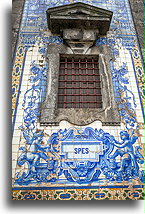
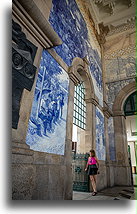
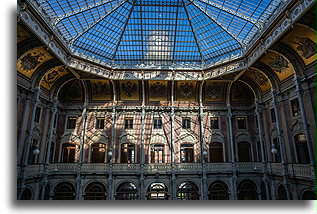
The Muslim Umayyad Caliphate conquered western Iberia, present-day Portugal, before 715. They ruled the region for over two and a half centuries. When the Moors were driven out of the Porto region in 1000, most of the cities were deserted. In its golden age, Islamic culture was far more advanced and, in many ways superior to that of the Christians. Europeans were seen as primitive barbarians. Muslims did not want to live under the rule of intolerant Christians and most of them moved south. The newly conquered and destroyed cities of northern Portugal had to be resettled in order to be rebuilt.
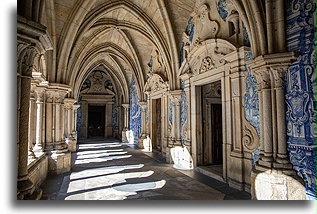
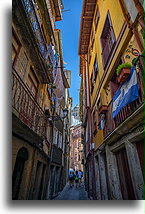
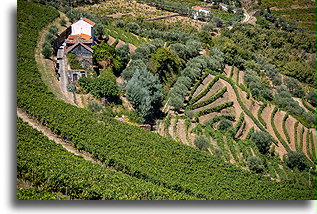
Until 1509, the nobility was not allowed to live in Porto. They could spend no more than three days in the city. This fact explains why the city not only lacks palaces but has rather uninteresting architecture. It must have been a dirty chaotically built medieval town with houses built without any concept, narrow stinking streets, no parks or any other open spaces. Until the first half of the 18th century, Porto was surrounded by a Gothic wall. As the city grew, the wall and medieval houses were demolished to make way for new buildings and wider streets. Even today, Porto did not impress us as a city




